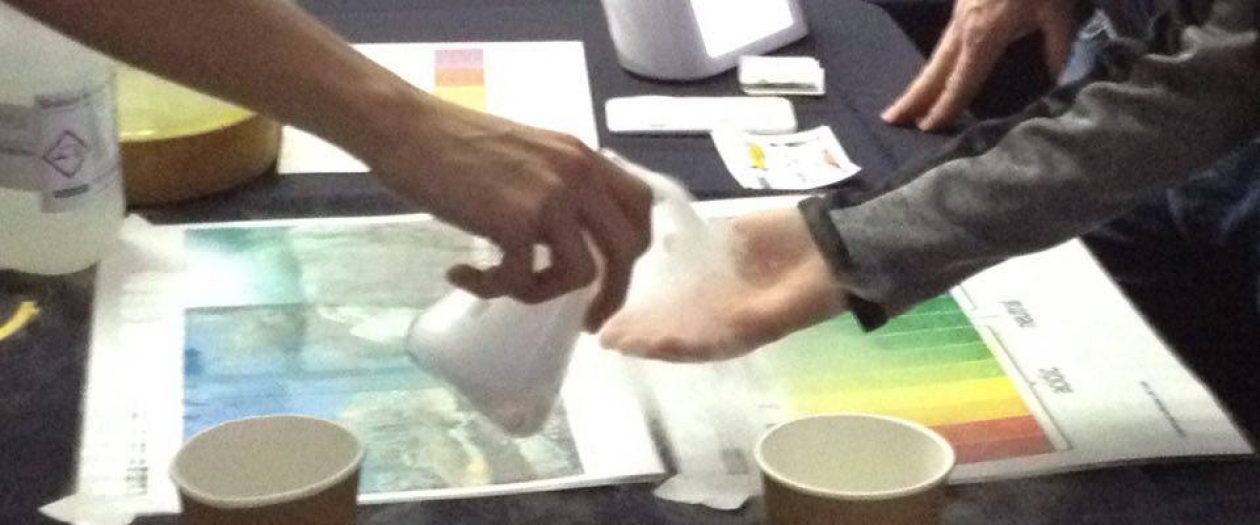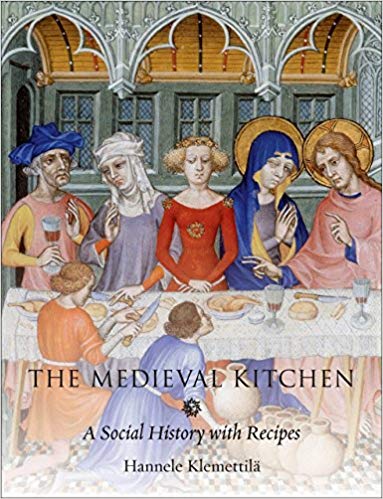Dear imaginary readers,
I have always believed that food and cuisine are a unifier, bringing together everyone around a table, sharing something that is fundamental for our subsistence, but important in the building our social relations too.
Cooking for someone, or someone cooking for me has always meant an exchange of love.
My passion about food didn’t start with my PhD on medieval Sicilian diet. It has always been something that I was striving to learn about, and experiment myself, because the more I learnt the more I could see that what we call traditional regional cuisine is something that has similar variations across Italy, and if you dig just a little bit deeper you will find out it has so many influences from outside the peninsula, that they are actually not influences anymore and they become core aspects of our culinary tradition.
I know this wouldn’t sit well with many of my compatriots ( I am not even sure I like this terminology), nevertheless there are signs of these creative food contamination everywhere in the world, and I understood this even more since I moved to UK, a place where curry is considered a national British dish.
A lovely example of this constant exchange of food recipes, ingredients, techniques (and love) is found in one of the way meat, fish or vegetables may be cured with vinegar, or citrus juice that can be find in the Arab, Italian and South American (Chile, Peru and Mexico for example) culinary tradition and also in today kitchens.
While I was researching about the Arab Green Revolution I discovered that the Arabs brought to Sicily a new way of cultivation but also new products and new ways of cooking, like the Persian al-sikbaj or scapece in Sicilian. There is not complete historic agreement on this fact and some authors think that it was already known by Roman, or more likely by the Byzantine (and the name deriving from Escha Apicii, “Apicio’s sauce”), others argue that it was first introduced by Arabs in Spain, called escabeche here, and later in Sicily (even though some food expert say it was a much loved dish of Frederick the 2nd of Swabia).
It may be difficult to separate urban legends from reality based on history only, but we do know that a very similar technique it is used in many central and south America areas, and it is more widely known as cheviche.
In general it refers a dish of meat, fish or vegetables marinated and cooked in an acidic mixture, sometimes with the addition of saffron or other colourful spicies. The wide spread of this technique across the seven seas it is probably due to the fact that the dish achieve a pH of around 4, lowering the putrefaction processes, representing an effective conservation method.
Scapece has a version pretty much everywere: Greece (savoro), North Africa (scabetche), Philippines (Kinilaw, it doesn’t sound similar but the recipe does), and even Jamaica (escoveitch or escoveech).
The moral of this post is that we should travel, be curious, eat good food and love as much as we can, in order to (re)connect with our (lost?) humanity.
It is also a tip on a recipe you may like to try in every version, as it is always delicious!


